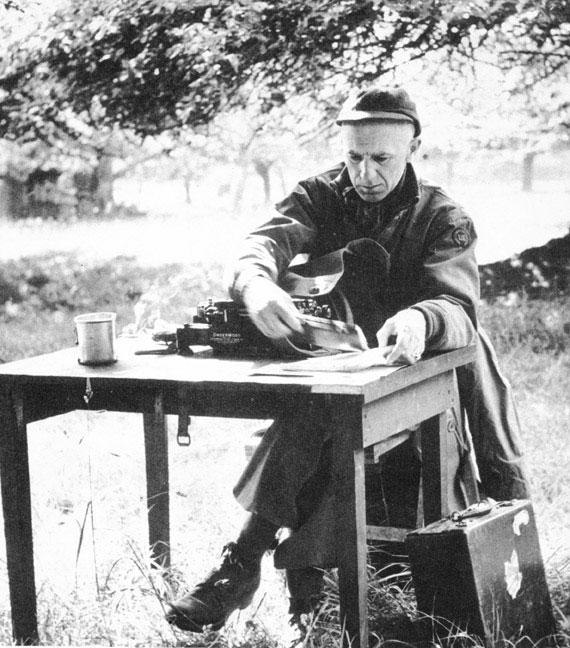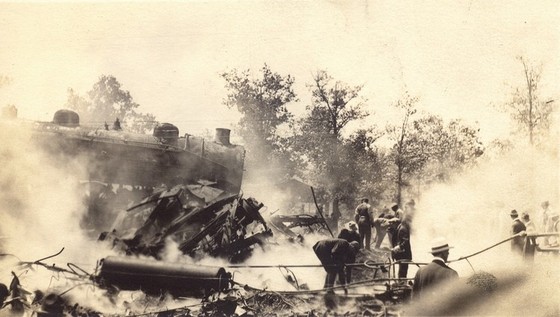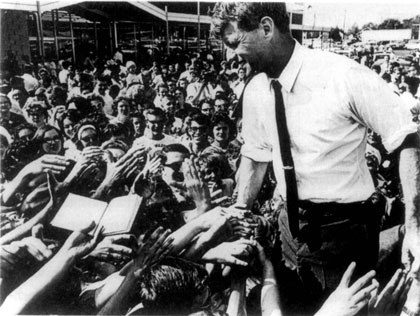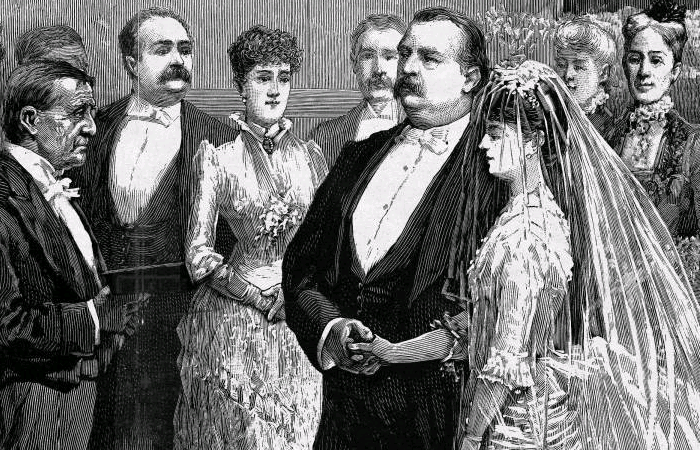On this date in History .... June 6, 1944:
The day after General Eisenhower gave the order to commence Operation Overlord, which would become known as "D-Day", and would become the largest amphibious military operation in history. Some of the numbers of the day include:
- 6000 ships and landing crafts, carrying ....
- 176,000 troops
- 822 aircraft that would drop parachutists in Normandy
- 13,000 additional aircraft to provide cover and air support.
Hitler believed the invasion was a fake and a diversion and refused to release German troops to the area.
Theodore Roosevelt Jr., the eldest son of Theodore and Edith Roosevelt, was the only general on D-Day to land by sea with the first wave of troops. He would be the oldest man involved in the invasion (age 56) and the only man to serve with his son on D-Day at Normandy.
He heard the first wave landing craft had drifted more than a mile off target. Armed with only a pistol, he took off walking with his cane to find the causeways to be used as an inland landing point. He then returned to the commanders and shared the information, coordinating the attack. His famous words at this point were, "We'll start the war from right here!"
Roosevelt died a month later of a heart attack in his tent. He was buried in the American cemetery in Normandy.
His Medal of Honor Citation reads:
"Citation: for gallantry and intrepidity at the risk of his life above and beyond the call of duty on 6 June 1944, in France. After 2 verbal requests to accompany the leading assault elements in the Normandy invasion had been denied, Brig. Gen. Roosevelt's written request for this mission was approved and he landed with the first wave of the forces assaulting the enemy-held beaches. He repeatedly led groups from the beach, over the seawall and established them inland. His valor, courage, and presence in the very front of the attack and his complete unconcern at being under heavy fire inspired the troops to heights of enthusiasm and self-sacrifice.
Although the enemy had the beach under constant direct fire, Brig. Gen. Roosevelt moved from one locality to another, rallying men around him, directed and personally led them against the enemy. Under his seasoned, precise, calm, and unfaltering leadership, assault troops reduced beach strong points and rapidly moved inland with minimum casualties. He thus contributed substantially to the successful establishment of the beachhead in France."
 Congress
passes Public Law 393 giving soldiers 50% more pay for combat service. This bill
was also known as the Ernie Pyle Bill.
Congress
passes Public Law 393 giving soldiers 50% more pay for combat service. This bill
was also known as the Ernie Pyle Bill. 






















